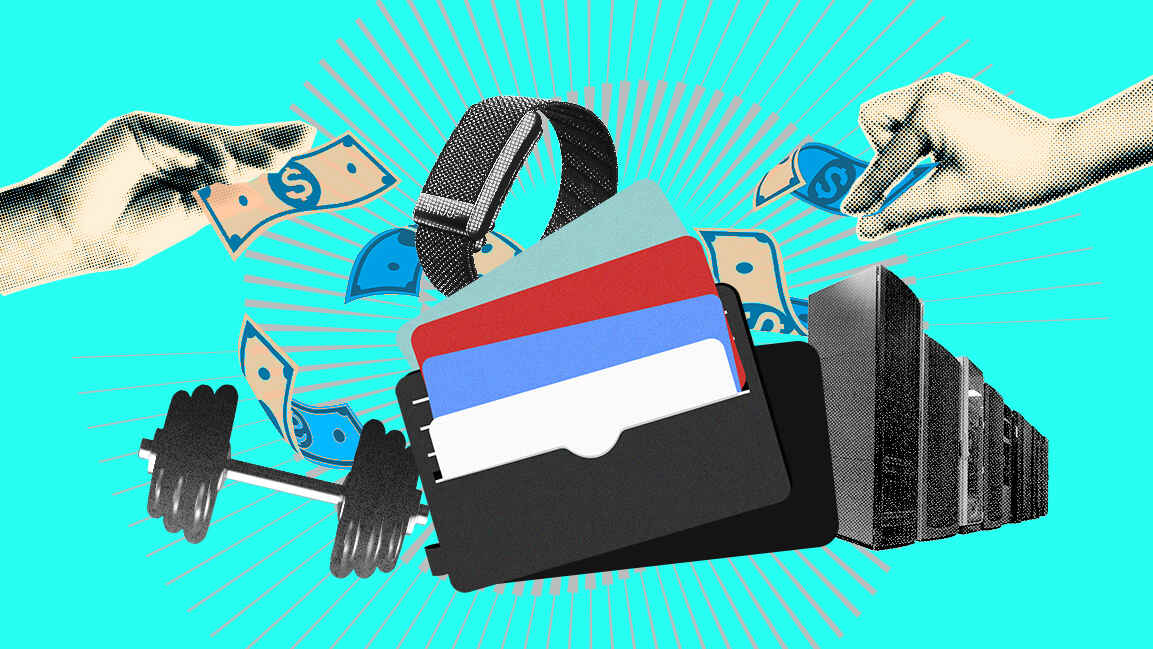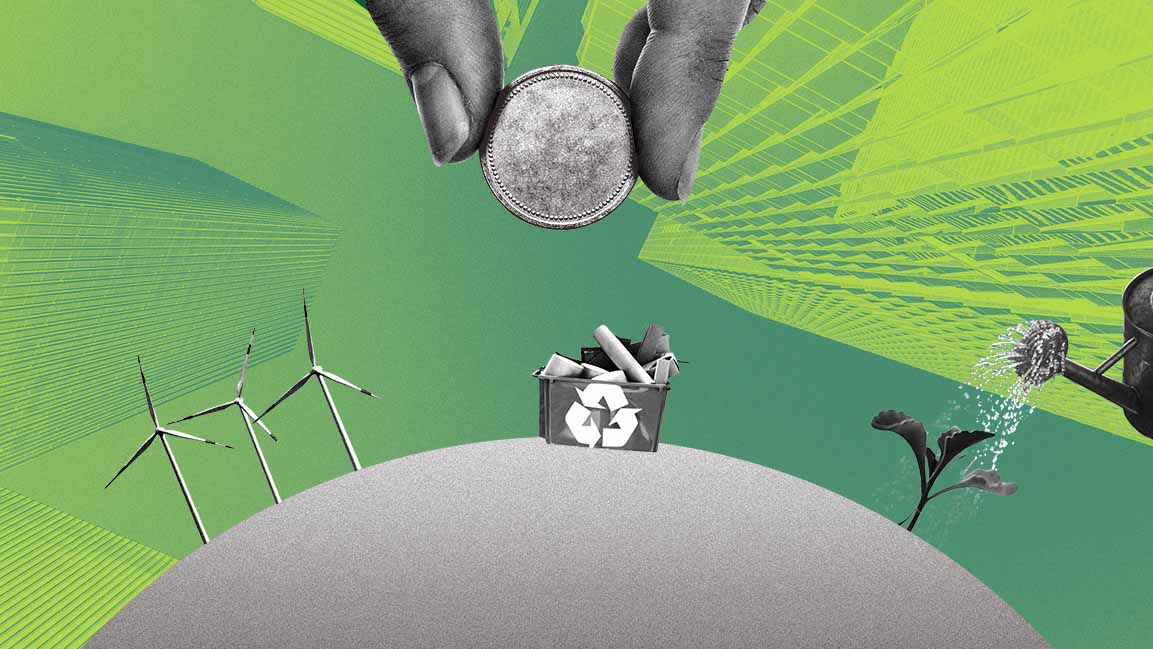- | 9:00 am
How the subscription economy is challenging businesses in the Gulf
Experts discuss why addressing misconceptions and cultivating trust is crucial to optimize long-term benefits for users in today’s post-ownership economy.

The shift toward a subscription-based economy cannot be denied. The conversation has expanded so far that the idea of a“post-ownership economy” and “subscription generation” has appeared not only in boardrooms but also in academic papers and political commentary.
Several factors underpin this transformation, from global economic pressures and the advancement of digital infrastructure to increasing environmental concerns.
What’s clear is that this evolution has reshaped business models worldwide, including in the Gulf. Traditional needs are being reimagined, with industries once anchored in ownership steadily rebuilt around access.
One such sector is storage. Pure Storage has introduced a subscription-based approach that reframes storage not as hardware but as a service. This addresses how traditional models lock organizations into a rigid cycle: large upfront capital investments followed by disruptive “rip and replace” upgrades every few years, leading to wasted capacity and spiralling costs.
“Traditional models force companies to over-provision ‘just in case,’ leading to idle hardware continuously consuming power and cooling resources,” says Omar Akar, Regional VP – METCA, Pure Storage. The company’s Storage-as-a-Service (STaaS) approach flips this cycle. Built on Service Level Agreements (SLAs), the model ensures that customers only pay for what they consume instead of paying for unused capacity.
SUBSCRIPTION AS CONTINUOUS VALUE
The subscription economy is thriving in wellness. Whoop, a wearable device paired with a subscription-based analytics platform, focuses on human performance, recovery, sleep, and other metrics to draw insights that help members adjust their behaviour to live healthier.
“From day one, we knew Whoop was more than a device. It’s a personalized health companion, not just hardware,” says Stephan Muller, GCC Director at Whoop. “The real value goes beyond the data—the insights and proactive coaching help people make better choices. You’re gaining a health coach that evolves with you.”
Muller says the model ensures access to the latest features without buying new hardware. Medically regulated tools like Healthspan and Blood Pressure Insights can be unlocked through membership tiers. “That ongoing value makes the subscription essential for long-term behaviour change.”
PERSONALIZED LONGEVITY AS A SERVICE
Bien-Être, founded by Aly Rahimtoola, builds its model around blending AI, genomics, and at-home diagnostics. Members test their NAD levels via certified kits, send results to the lab, and receive tailored monthly supplements.
“Longevity and wellness need to be accessible,” Rahimtoola says. “Primary healthcare is reactive; you feel unwell and need to see a doctor. But AI and technology are shaping a different journey. You want to stay healthy longer and avoid an overworked system. At Bien-Être, we start with a simple premise: your biology is unique, so your health interventions should be too.”
The platform’s feedback loop underpins this promise: members test, Bien-Être personalizes, progress is tracked, and adjustments are made. “Longevity isn’t a one-time purchase—it requires sustained, intelligent supplementation – it’s a marathon, not a sprint,” Rahimtoola says.
“Doing something for a few weeks and stopping is futile. That’s why we measure quarterly but supply monthly. When members see NAD levels climb or biological age improve, it proves the approach works. If results don’t move, it triggers a visit to a doctor.”
It does not aim to replace doctors but rather to ease their workload by being the first step in preventative health management.
THE NEED FOR TRUST AND ADDRESSING RETENTION
The shift is not without challenges. Each sector faces hurdles that must be solved if subscription is to gain stronger traction. For Pure Storage, perception remains the biggest challenge, as any enterprise still believes “as-a-service” is traditional leasing disguised as operational spend. “Some vendors dress up leases as as-a-Service, creating the misconception that STaaS is just financing,” Akar says. “We’ve been building our STaaS architecture for over seven years to shift the conversation from cost to value.”
He adds that true STaaS isn’t about spreading payments but guaranteed outcomes. With the right partner, customers gain elasticity, performance guarantees, and the ability to scale on demand without operational burden.
Trust also looms large. IT teams fear vendor lock-in or loss of control. Akar says they address this with transparency, predictable pricing, and adaptable capacity. Bien-Être faces similar challenges. “Trust is everything with health data,” says Rahimtoola. “That’s why we partner with internationally recognized labs. Science must be rock solid.”
They aim to remove barriers like cost and intimidation by pairing lab-grade accuracy with at-home convenience. “You shouldn’t need to visit an elite anti-aging clinic to understand what’s happening in your body,” Rahimtoola adds.
Retention is the toughest hurdle. For Whoop, members must consistently feel they’re gaining new value. “As a membership model, our users must always feel value. That’s why we update the Whoop app frequently based on feedback and research,” says Muller. For Bien-Être, the first 90 days are critical. “Members need to see concrete changes in both biomarkers and how they feel, not just supplements arriving at their door,” Rahimtoola says. “Data shows NAD precursors support increased cellular energy within 90 days.”
Sustainability also matters. Pure Storage emphasizes lifecycle management by refurbishing or recycling hardware to avoid e-waste. “Because we’re confident in our energy efficiency, we back it with an SLA guaranteeing watts per tebibyte, or we pay customers back,” Akar says.
WHY THE GCC IS A FERTILE GROUND
The advent of these models underscores how the Gulf region provides fertile ground for subscription-led models. “The UAE is particularly receptive because there’s cultural openness to health innovation and preventive care,” Rahimtoola says. “Saudi Arabia shows more interest in family-wide health solutions and institutional partnerships, while UAE adoption is more individual and early-adopter driven.”
Data backs this momentum. Whoop reports the GCC as its fastest-growing region, while Pure Storage saw 24% growth in subscription services in Q2 FY25.
“This isn’t a trend—it’s a structural shift that aligns with modern digital needs,” Akar says. “Other sectors can learn two lessons: service must mean accountability, not just flexible payments. And design for customer outcomes, not vendor convenience.”
And those who deliver agility, reliability, and sustainability will lead in the subscription economy.







































